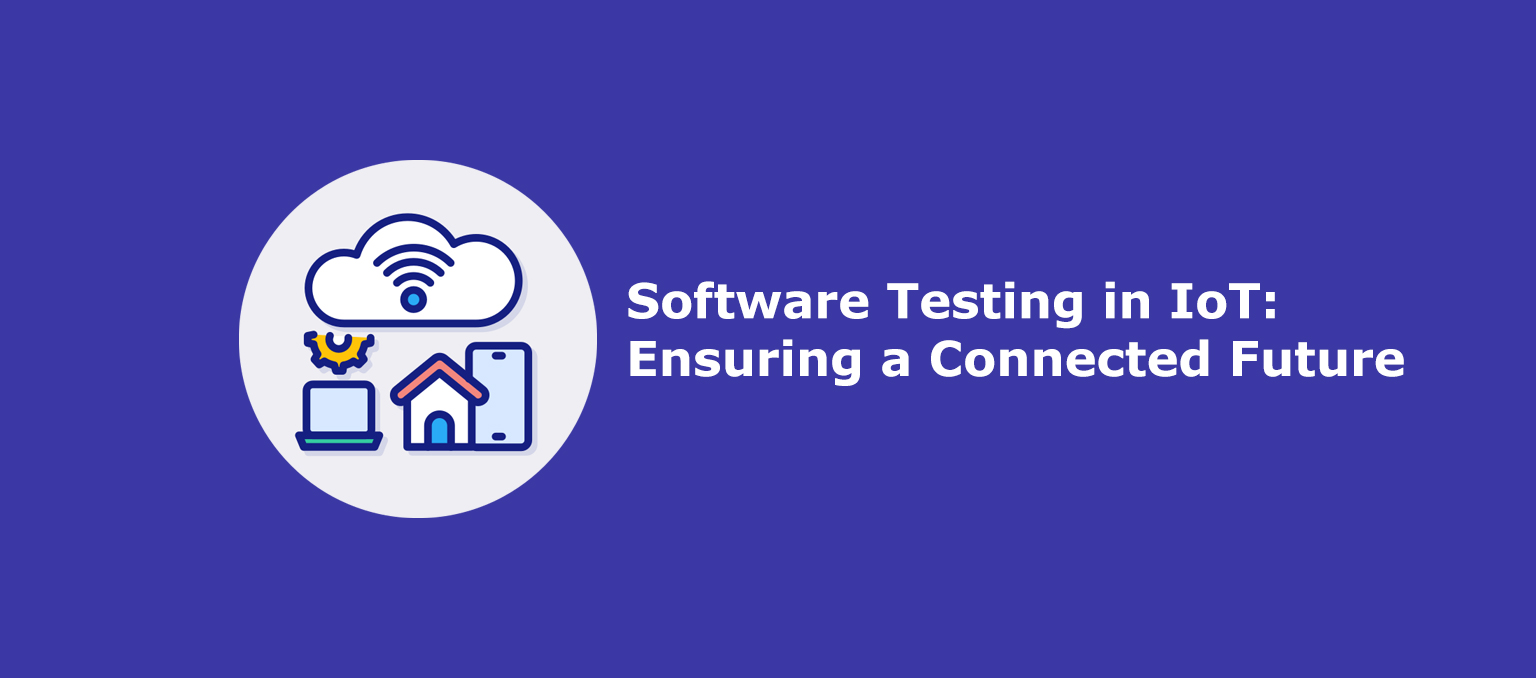The Internet of Things (IoT) has transformed the way we interact with technology, connecting everyday devices to the internet and enabling them to communicate with each other. This interconnected ecosystem has revolutionized industries, from healthcare to manufacturing, but it also presents unique challenges, especially in terms of testing. Testing in IoT is crucial to ensure the reliability, security, and functionality of these devices and systems. In this article, we will explore the significance of IoT testing, the challenges it poses, and the best practices for a connected future.
Understanding IoT Testing
IoT testing involves evaluating the hardware, software, and network components that makeup IoT devices and systems. This process aims to ensure that IoT devices function correctly, reliably, and securely. It encompasses various aspects, including:
Functional Testing: QA Functional testing ensures that the IoT device or system performs its intended tasks. It involves validating functions such as data collection, analysis, and communication.
Performance Testing: IoT devices need to meet performance benchmarks to provide real-time data and responses. Performance testing checks factors like latency, throughput, and scalability.
Security Testing: IoT devices are vulnerable to security threats. Security testing identifies and addresses potential vulnerabilities and helps protect sensitive data.
Compatibility Testing: As IoT systems consist of various devices and platforms, compatibility testing ensures that they work seamlessly together.
Interoperability Testing: This ensures that IoT devices can communicate and interact with each other, regardless of their manufacturer or communication protocols.
Challenges in IoT Testing
Testing in the IoT ecosystem is challenging due to its unique characteristics:
Diversity of Devices: IoT devices come in various forms and use different technologies. Testing must encompass this diversity, making it complex.
Scalability: IoT systems often involve thousands or even millions of devices. Testing at scale can be daunting.
Real-Time Data: Many IoT applications require real-time data processing. Testing for responsiveness and accuracy in real-time scenarios is demanding.
Security Concerns: IoT devices are susceptible to cyberattacks. Ensuring security is a top priority but can be challenging due to the numerous potential vulnerabilities.
Complex Ecosystems: IoT systems are typically part of a larger interconnected ecosystem. Testing for interoperability within this ecosystem is a complex task.
Best Practices for IoT Testing
To overcome these challenges, IoT testing should follow best practices:
Test Automation: Utilize test automation tools to handle the scale and diversity of IoT devices. Automation improves efficiency and repeatability.
Security Testing: Security should be a primary concern. Conduct penetration testing, vulnerability assessments, and regular security audits.
Realistic Testing Environments: Simulate real-world conditions to assess how IoT devices perform under various scenarios.
Prototyping and Simulation: Create prototypes or simulations for testing early in the development process, reducing costs and risks.
Standardization: Adhere to industry standards and protocols to ensure interoperability between devices and systems.
Continuous Monitoring: Implement continuous testing and monitoring to identify and address issues as they arise.
Data Management: Develop strategies for efficient data collection, storage, and analysis during testing.
Feedback Loop: Establish a feedback loop between testing and development teams to improve the quality of IoT systems over time.
Real-World Examples
Several industries have recognized the importance of Internet of Things (IoT) testing:
Healthcare: Remote patient monitoring devices require rigorous testing to ensure the accuracy of vital data and the security of patient information.
Smart Cities: Testing is critical for the smooth operation of smart city applications, such as traffic management, waste management, and public safety.
Manufacturing: IoT sensors on machinery help predict maintenance needs. Testing is essential to avoid costly downtime due to sensor failures.
Agriculture: IoT sensors in agriculture help optimize crop management. Testing ensures these sensors provide accurate data for informed decision-making.
Conclusion
IoT has revolutionized the way we live and work, offering unprecedented opportunities for connectivity and automation. However, the success of the Internet of Things (IoT) depends on effective testing to ensure reliability, security, and functionality. With the right testing strategies and best practices, we can unlock the full potential of the Internet of Things and build a connected future that enhances our lives and industries.


